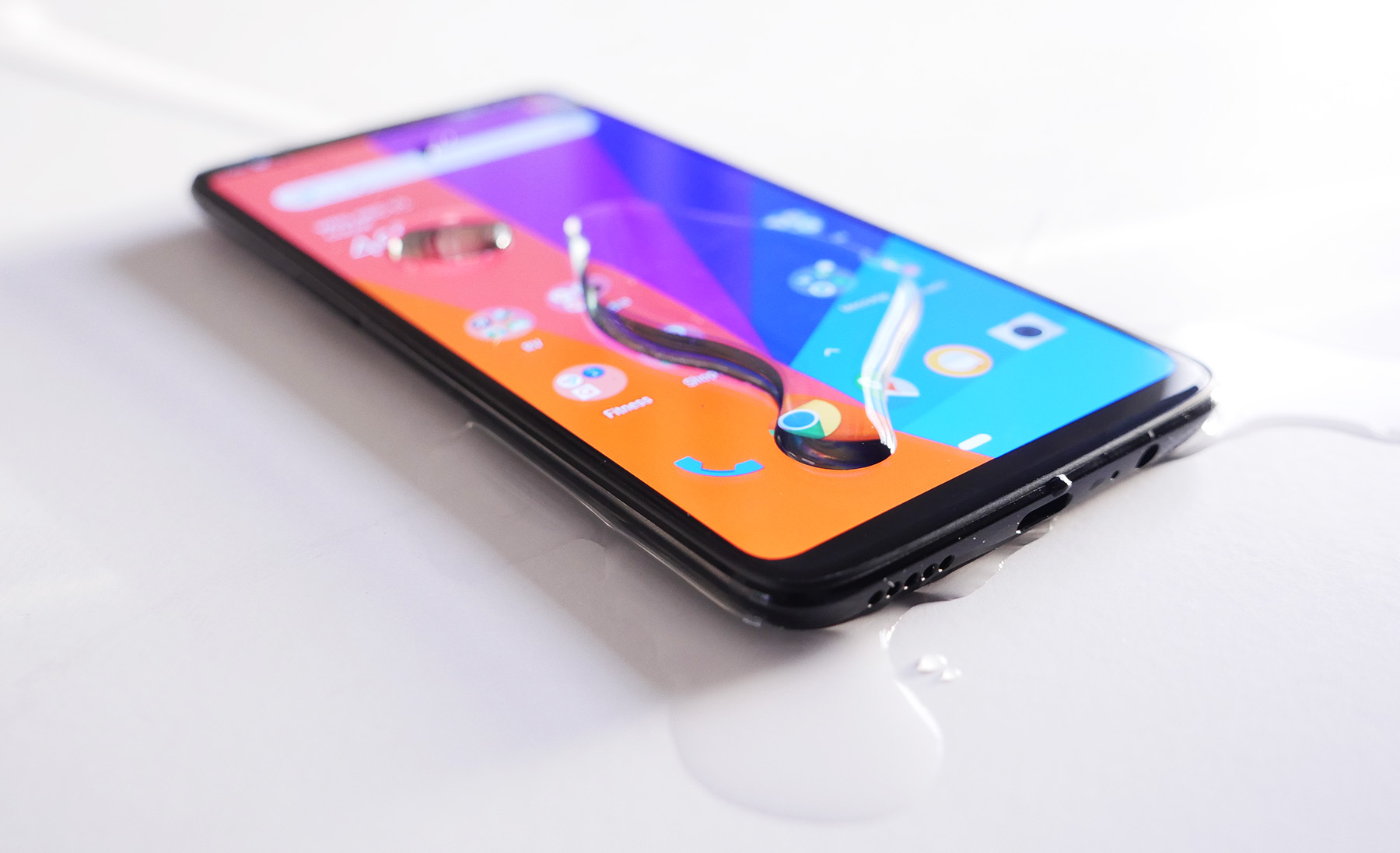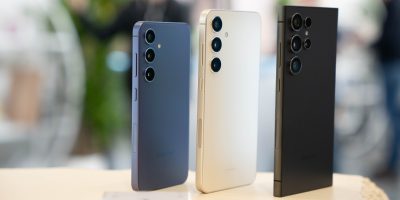It’s pretty easy to find smartphones and other gadgets with IP dust and water resistance ratings these days. Often times, we purchase water-resistant devices without even knowing it. But if you’re using a device from OnePlus of a smartphone that didn’t have an excessively-high price tag, there’s a good chance that won’t do too well if exposed to water or moisture. Sure, most smartphones which lack an official IP (ingress protection) rating will be just fine if they get a little wet from a few drops of rain, but you’ll be lucky if they survive an accidental dip in the pool or a drop in the toilet (yes, most water damages smartphones are from toilet drops).
That’s where’s Liquipel come in with its Liquipel Watersafe Technology. A few years back, Liquipel developed its Watersafe nanocoating which can be applied to smartphones, smartwatches, tablets and other gadgets, creating a water-resistant barrier which blocks liquid from coming into contact with a device’s circuitry, dramatically reducing the chance that an internal component will fail after it’s been submerged into water. Liquipel doesn’t claim that its nanocoating is a substitute for an official IP certification, but it does offer a “you break it, we fix it” guarantee.
To put the Liquipel Watersafe Technology to the test we dug up a OnePlus 6 and mailed it to Liquipel’s facility. The nanocoating process only takes roughly 20 minutes. The device is placed into a proprietary machine that applies a liquid repellent substance to electronics and fabrics. Once the vacuum process is complete, the Liquipel formulation is injected and transforms from a liquid to a gas as it enters the chamber. To complete the process, a plasma is introduced that decomposes the liquid repellent’s molecules and polymerizes them to themselves.
The company managed to apply the coating to our OnePlus 6 within 24 hours of receiving it and shipped it back with express 2-day shipping. Once we got it back, we decided that the best way to test it out was by dunking the OnePlus 6 in a bucket of water and leaving it there for 30 minutes (make sure you watch the video). The OnePlus 6 managed to survive being submerged in water for 30 minutes, but that’s not uncommon since corrosion of the phone’s circuitry typically happens when water evaporates while the phone dries out. The only issue we did identify was a muffled speaker which was easily remedied why shaking the phone a few times and then turning on some music so that the speaker’s vibrations could push the remaining water out of its audio chamber.
One thing that the Liquipel coating can’t really protect against is water of moisture build-up in the cameras of your phone, but that’s typically not an issue unless you drop the phone into water that’s a few feet deep. We didn’t have any moisture build-up in the camera of our OnePlus 6, but that’s something to be aware of if you’re considering the Liquipel treatment for your device.
Our initial plan was to test the phone after 24 hours to see if it was still functional, but we pushed that back to 72 hours since we were not able to find any issues after the first day. As promised by Liquipel, after three full days, the OnePlus 6 was working perfectly. The phone’s two speakers produced crisp audio when listening to music or taking a call, the 3.5mm headphone jack didn’t have any issues and the USB-C port on the bottom had no issues charging or connecting the phone to a computer.
At $60, the Liquipel treatment isn’t necessarily cheap, but it’s definitely not too much to ask for a product that will keep your device safe from water and moisture. The price also includes the return shipping costs, Liquipel’s screen protector coating and a case for your device. If you have a OnePlus or any other device that doesn’t have an official water resistance rating, the Liquipel Watersafe Technology is one of the only real options out there if you’d like to keep your device alive if it’s accidentally submerged in water, so $60 is certainly not too much to pay for peace of mind.













Comments